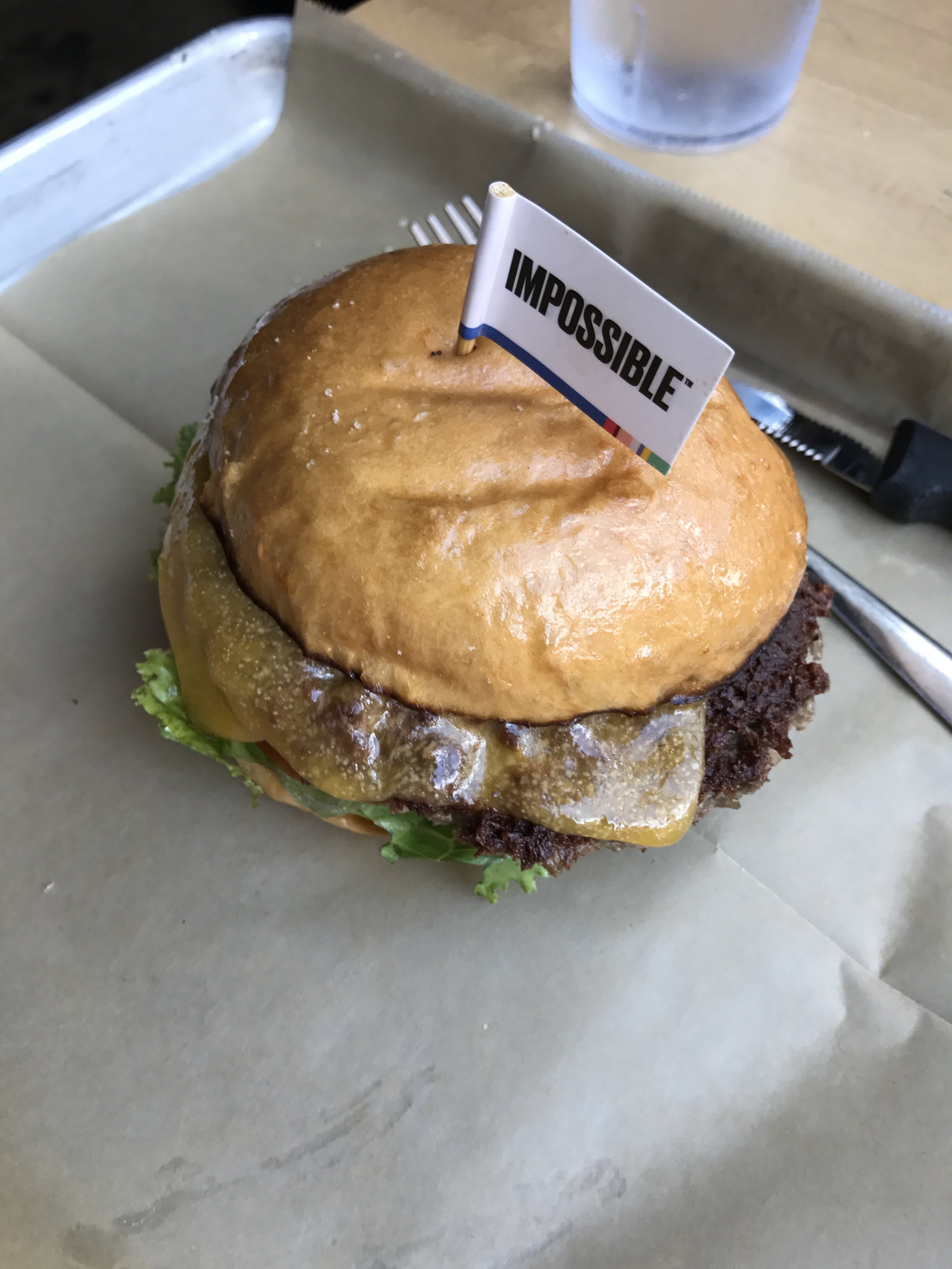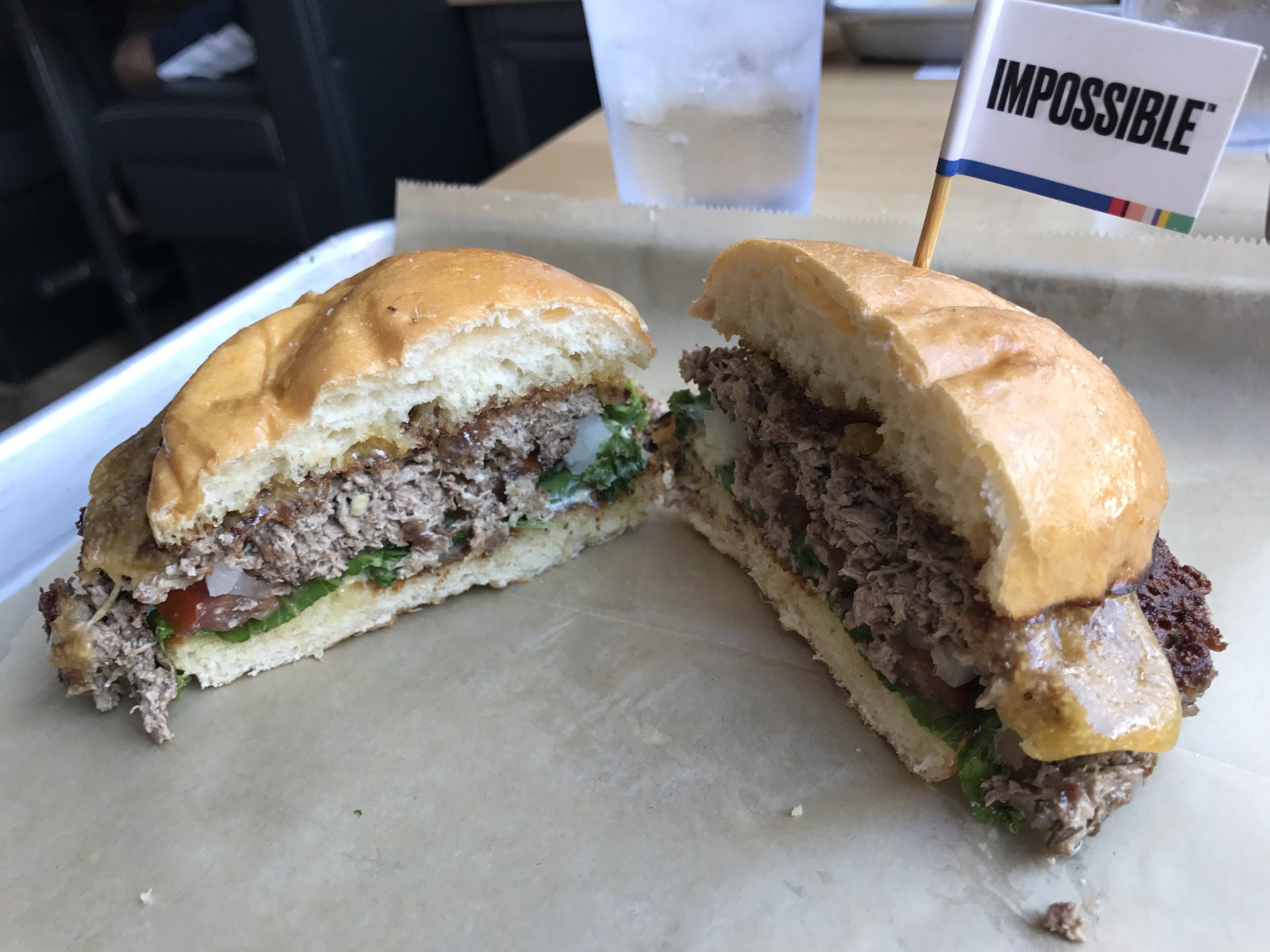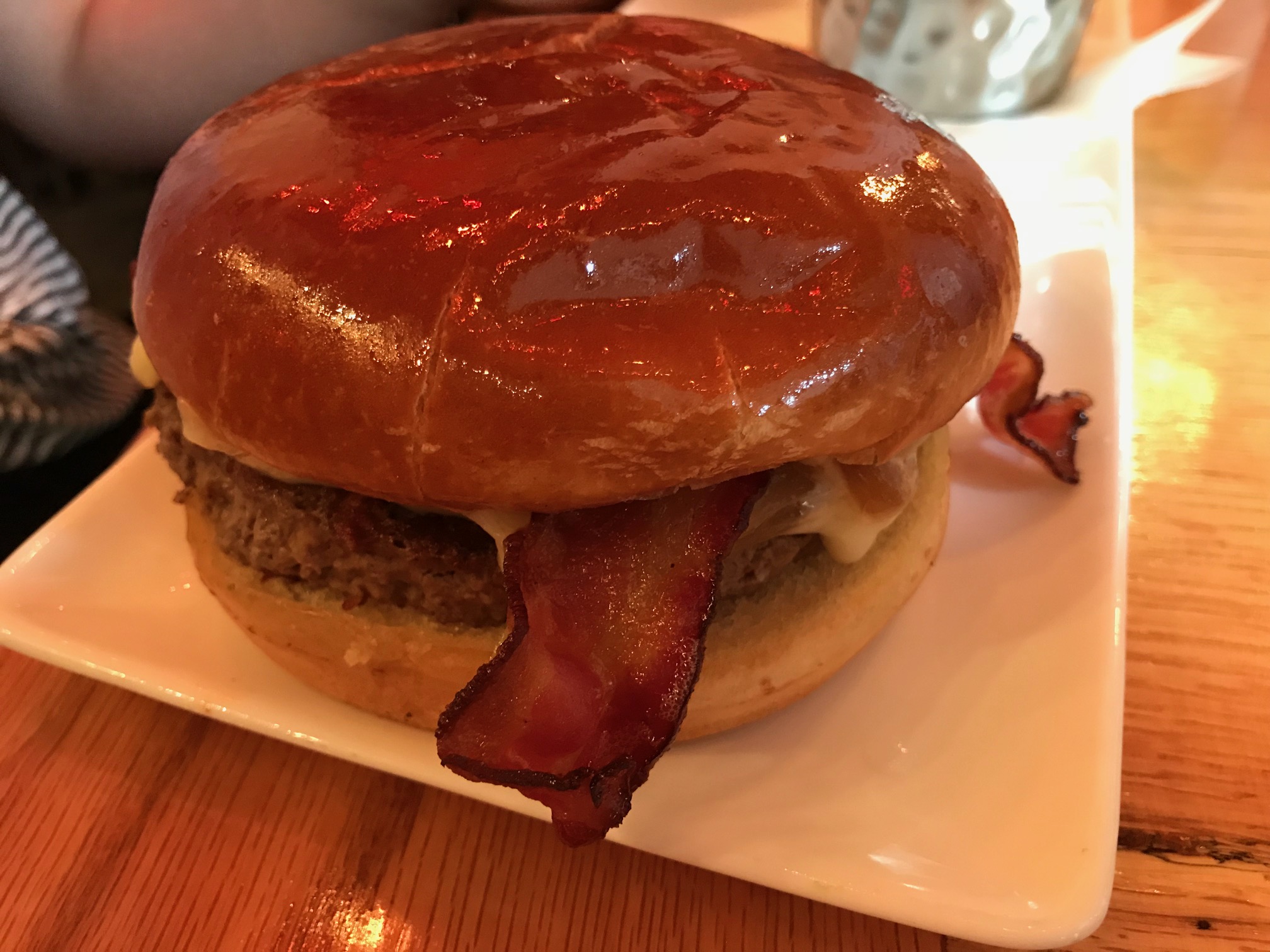As the Medical Director of the Kansas Business Group on Health I’m sometimes asked to weigh in on topics that might affect employers or employees. This is a reprint of a blog post from KBGH:
Comparing two patient visits
Every visit to a health practitioner is a story. Here’s the skeleton of how the story sometimes goes:
1. A patient makes a request for a specific test or treatment, often based on what he’s seen in advertisements or media. Take, for example, the time a perfectly ambulatory patient of mine saw a late-night TV ad for mobility scooters and asked me to prescribe one, since “Medicare [would] pay for it,” and since the patient found walking to be “exhausting.”
2. The request is denied, hopefully for medically/economically sound reasons and not out of some peculiarity of the practitioner-patient relationship. What I mean here is that sometimes patients and doctors simply aren’t a good fit, and sometimes, strained relationship dynamics spill into decision-making. “Good” doctors allow this to happen less often than “bad” doctors, but I suspect no one ever quite gets to zero. I’ll leave the judgement of my “goodness” or “badness” to others. But in the case of my patient, with whom I had a very poor relationship (to my eye, largely because of near-constant requests like his request for the scooter), even though I had a good medical reason to deny the request (walking is good for you even if it makes you tired), my writing something to the effect of “over my dead body” in the chart probably betrayed my feelings.
3. The patient gives feedback of some kind. The relationship between patient requests and the doctor’s willingness to fulfill them has real, dollars-and-cents ramifications in that reimbursement is now sometimes tied to “patient satisfaction.” A study in JAMA Internal Medicine (paywall) found that about two-thirds(!) of visits involve a request for a specific test or treatment from the patient, and that 85%(!) of those requests are granted. But when requests are denied, patients report dramatically lower satisfaction. The effect is predictably strongest with requests for pain prescriptions or lab tests. The effect is almost nonexistent for stuff like antibiotics or x-rays. But back to our patient: maybe he complains to the office manager. Maybe he goes home and writes a scathing review on one of various doctor rating sites. (Advice to other medical professionals: don’t look these up. They hurt.) Patient Scooter chose to express his dissatisfaction not in writing, but by leaving a bowel movement on the floor in the elevator of the building. (I’m not making this up.)
4. Doctor uses that feedback to change his or her future performance/behavior. Or maybe he doesn’t, if the feedback is in the form of actual human excrement. (I did record the approximate size and quality of the stool in his chart.)
That story is not fair. It prioritizes the point of view of the medical professional. Here’s an alternate story, taken from a ProPublica piece a couple years ago:
1. A patient presents with a seemingly minor, but worrisome, finding: slight chest pressure that worsens when he exerts himself but gets better when he rests.
2. With the help of a non-invasive procedure, his primary care doctor and a cardiologist accurately diagnose the patient with “stable angina.” The cardiologist recommends a coronary angiogram—an x-ray of dye going through the vessels of the heart—with possible stenting of any narrowed arteries. “Stenting” is a procedure where a blocked artery is propped open with a tiny metal cage that is expanded in the vessel by the cardiologist. This high-intensity recommendation as a solution to a diagnosis the patient found only slightly troubling is not a surprise. Our instinct in medicine is not just to stand there, but to do something, even if we aren’t sure of its benefit. Doctors routinely overestimate the benefit of screening tests while underestimating harms, for example.
3. While the cardiologist is out of the room the patient looks up evidence on the effectiveness of stenting, such as this negative randomized trial from the Lancet (paywall), and concludes, many would say correctly, that it should not be first-line therapy for heart disease in most patients with stable angina who are not having a heart attack. Instead, the patient reads that aspirin, medications called beta-blockers, and cholesterol-lowering medications are first-line therapy.
4. The patient seeks a second opinion (we’re big fans of those at KBGH). Luckily for him, his second opinion comes from a cardiologist who is active in the RightCare Alliance, a coalition of patients and clinicians interested in bringing down the cost of medicine while potentially improving patient experiences. The second cardiologist agrees with the patient, who then loses weight, changes his diet, and experiences no more chest discomfort.
Here we have two stories, both of which had happy endings, at least in the evidence-based medicine sense. (Though the first ending was certainly not happy for the maintenance staff of my clinic.) But the journey to those endings was unnecessarily fraught. Patient One was convinced that he needed a device because of a slick ad by some unsavory device dealers. Patient Two, in addition to having “an inquiring mind and a smartphone,” in the words of David Epstein, lucked into seeing a cardiologist whose grasp of and willingness to follow evidence-based guidelines was superior to his peers. What ties these threads together? In a way, health literacy.
Enter health literacy
Health literacy is the capacity to process and understand basic health information in order to make good health decisions. High health literacy is associated with dramatic improvement in medical outcomes and a reduction in care costs. We’ve touched on it before at KBGH, and we even offer a health literacy product to members called Quizzify.
But what of the doctors’ poor decision making? What we call “health literacy” on the patient side, it could be said, we call “evidence-based medicine” on the physician side. Doctors are no longer reservoirs of information, as they once were; they don’t simply carry around information that their patients don’t have access to. The sum knowledge of medicine is far too deep and broad. Instead, doctors have transitioned into curators of medical information, sort of like librarians. And they’re expected to use their access to that information to make good decisions, ideally with the input of the patient, what we call “shared decision making.” But like anyone else, doctors’ decision making is influenced by outside forces. Doctors who own their own CT scanners, for example, are more likely than others to order CT scans. Other studies have shown that doctors who sell drugs to patients, like oncologists, are more likely to choose the more profitable drug more of the time. And simple human nature predicts that doctors who are able to “self-refer” for procedures, like cardiologists or surgeons who have the choice between low-paying patient education or high-paying procedures, will more often choose the procedure. This impulse, and the willingness of some people to pay for “doing something” may, in my opinion, explain some of the absurd, wasteful testing that gets done as part of executive physicals.
Health literacy in its classical definition is a way for patients to obtain and process health-related information. But in a broader sense—and I’m not trying to cast the patient-physician relationship as adversarial—health literacy can be thought of as the best way for a patient to defend herself from suboptimal decision making on the part of his doctor. After all, in the patient satisfaction study noted above, patients who were denied requested imaging studies or antibiotics were not significantly less satisfied. Why is this? An accompanying editorialist (paywall) notes that “Through Choosing Wisely and other campaigns to reduce low-value care, substantial attention has been devoted to preparing physicians to avoid frequently requested, low-value care such as these. We can train physicians to say no to other types of clinically inappropriate requests, while still reassuring patients and paying attention to their needs.”
Bringing it home
What we need, then, is a war with two fronts, manned by patients, doctors, employers, and payers who are willing to say “no.” (There I go with the adversarial language again). On one front, we continue to develop good health literacy in the general public, so that they can go to their doctor and ask for effective diagnostic and therapeutic strategies and decline tests or treatments they don’t think are in their best interest. But on the second front, we need to pay just as much attention to the “literacy” of physicians, employers, and payers, with the development of incentives that align with the well-being of the patient. One of the best ways to reduce low-value care, after all, is simply to stop paying for it.





























